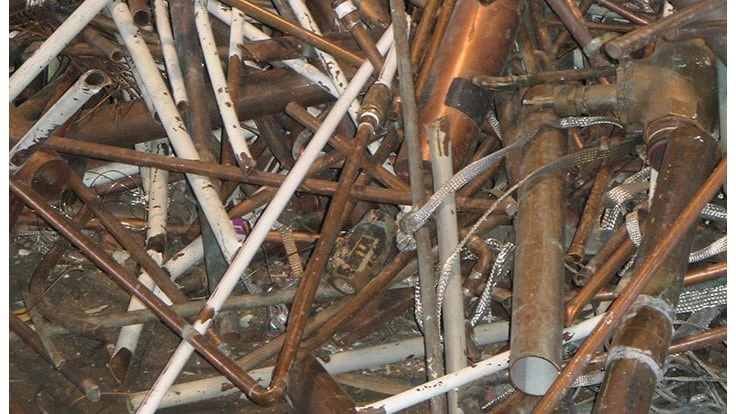
Photo by Brian Taylor.
Although global demand for copper continues to be restrained by COVID-19-related economic woes, the virus’s current presence in Chile also is affecting global supply of the red metal.
A July 1 analysis from Zacks Investment Research posted to Yahoo.com indicates the price of copper rose by 11 percent in June, and the “uptrend can be attributed to optimism over financial stimulus and strong demand in China, which is the top consumer, amid growing fears of disruption in copper output in Chile.”
The analysis by Madhurima Das of Zacks Mining says Chile’s state-owned copper mining and production firm Codelco has halted operations at its largest smelter and refinery as part of a national effort to prevent the spread of the virus. “Chile's mines minister Baldo Prokurica recently projected a decline of 200,000 tons in the country’s copper output,” writes Das. “This represents 3.5 percent of the country’s 2019 production.”
At the same time, demand for copper in China is rebounding “as it is gradually moving out of the crisis and is working toward full normalization of economic activities,” writes Das. Aspects of the nation’s stimulus program that focus on infrastructure and urbanization likely spur demand for copper products.
While Europe and North America are behind China in terms of such economic “normalization,” the analyst points out that in the eurozone, the purchasing managers’ index (PMI) is starting to slowly rebound, and in the United States, the sale of new single-family homes “jumped 16.6 percent sequentially to a seasonally adjusted annual rate of 676,000 units in May.”
In broader terms in the U.S., Das cites an IHS Markit Composite Output Index, “which surveys both the manufacturing and services sectors,” that checked in at 46.8 in June, a sharp rise from 37 in May. “Even though a reading below 50 indicates contraction,” she writes, this and other indexes “are at a four-month high. These figures suggest that the U.S economy is recovering from the damage inflicted by COVID-19 crisis, [and] this bodes well for copper.”
Since then, Reuters columnist Andy Home wrote July 14 that “hedge funds are starting to buy into the rally in copper,” and that London Metal Exchange (LME) copper hit a two-year high of $6,633 per metric ton Monday, July 13. Home added, “At a current $6,490, it is now up 5 percent on levels at the start of the year, having clawed back all its COVID-19 losses.”
Also in mid-July, the health situation among Chilean miners continued to deteriorate. On July 14, the Sydney Morning Herald website reported that Chilean mining firm Codelco had “registered a total 3,215 COVID-19 infections and nine deaths due to the pandemic” by that date. Miners and their unions have begun to call for a halt to copper mining and production in Chile.
In terms of copper scrap, demand from Asian buyers was characterized by traders as steady in May and June, despite uncertainty about the status of shipments to ports in China. A list of more than 265 scrap import quotas approved by the Chinese government July 9 included the green light for more than 175,000 metric tons of copper scrap imports.
In the U.S., June brought with it the announcement of additional copper scrap melting capacity at two new facilities, one in North Carolina and the other in Ohio.
Latest from Recycling Today
- BMW Group, Encory launch 'direct recycling’ of batteries
- Loom Carbon, RTI International partner to scale textile recycling technology
- Goodwill Industries of West Michigan, American Glass Mosaics partner to divert glass from landfill
- CARI forms federal advocacy partnership
- Monthly packaging papers shipments down in November
- STEEL Act aims to enhance trade enforcement to prevent dumping of steel in the US
- San Francisco schools introduce compostable lunch trays
- Aduro graduates from Shell GameChanger program





